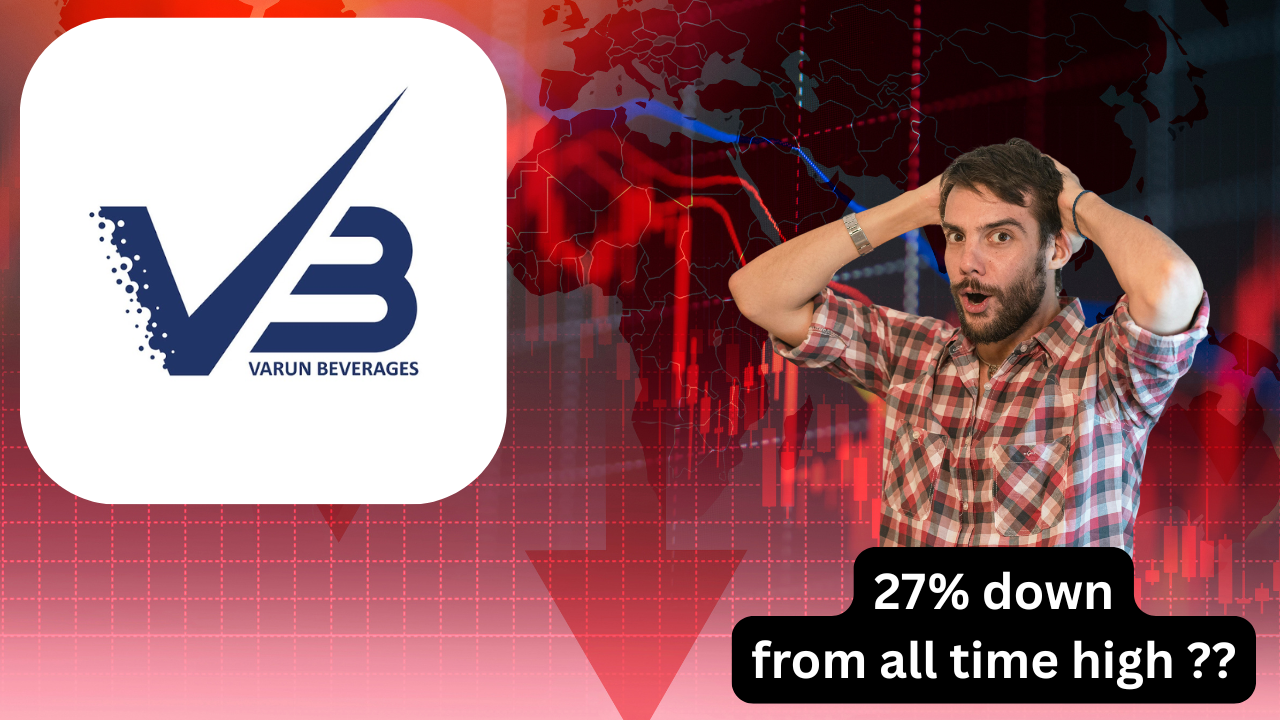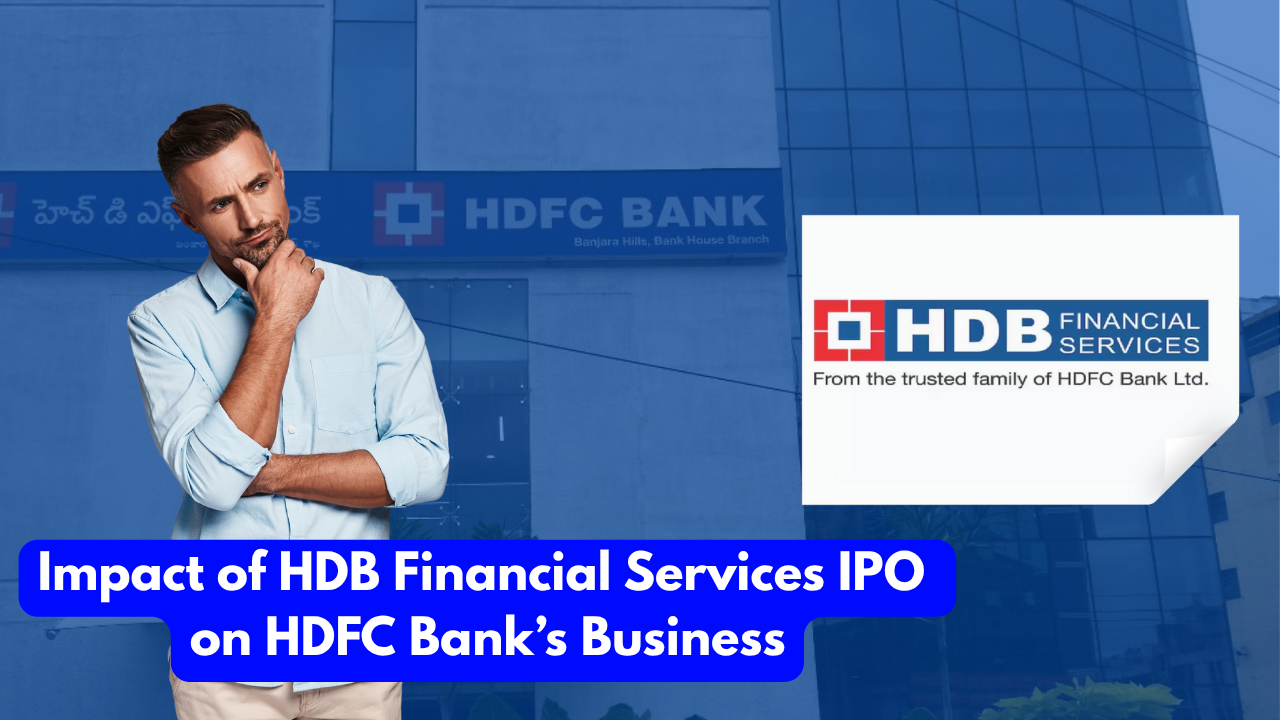The HDB Financial Services IPO, opening on June 25, 2025, has captured significant attention in the Indian market. As a subsidiary of HDFC Bank, this IPO aims to raise ₹12,500 crore, positioning it as one of the most awaited listings in the non-banking financial company (NBFC) sector. However, before you decide to invest, it’s crucial to understand the risks in HDB Financial Services IPO. In this post, we’ll discuss the top risks before committing your funds to the HDB Financial Services IPO. Regulatory Uncertainties in the HDB Financial Services IPO One of the most significant risks of investing in the HDB Financial Services IPO is the regulatory uncertainty in the financial sector. As an upper-layer NBFC, HDB Financial is overseen by the Reserve Bank of India (RBI), which has the power to introduce changes in financial regulations that could impact the company’s operations. In addition, the Securities and Exchange Board of India (SEBI) governs the IPO process and can introduce new rules or guidelines. Any alterations in government policies, tax laws, or regulatory requirements could influence HDB Financial’s ability to raise capital or operate effectively. Actionable Tip: Keep track of announcements from both RBI and SEBI that could directly affect the financial services sector and the company’s IPO. Potential Conflicts of Interest with HDFC Bank HDB Financial Services operates as a subsidiary of HDFC Bank, with the parent company owning around 94.3% of the subsidiary’s equity. This concentrated ownership could lead to potential conflicts of interest. For instance, decisions related to credit risk management or loan provisioning could be influenced by HDFC Bank’s broader strategy, potentially limiting HDB Financial’s independence. This could affect the company’s financial performance and operations in the long term. Actionable Tip: Before investing, assess the relationship between HDB Financial Services and HDFC Bank and determine how much influence the parent company may have over the subsidiary’s operations. Credit Risk and Liquidity Concerns HDB Financial Services’s portfolio includes both secured and unsecured loans, with approximately 29% of its loans being unsecured. Unsecured loans are typically riskier and more prone to higher default rates, especially in adverse economic conditions. Furthermore, like many NBFCs, HDB Financial depends heavily on external borrowings to finance its lending activities. If interest rates rise or liquidity conditions tighten, the company could face challenges in maintaining its profitability and liquidity. Actionable Tip: Monitor the company’s loan portfolio and be aware of any changes in interest rates or the borrowing environment that could impact its liquidity and financial health. Economic Downturns and Market Sensitivity The performance of HDB Financial Services is closely tied to the overall economic environment. In periods of economic downturn, there is typically an increase in loan defaults and a decline in demand for credit, which could negatively impact the company’s profitability. As an NBFC, HDB Financial is particularly vulnerable to fluctuations in macroeconomic conditions, such as a slowdown in the economy, rising unemployment, or increasing inflation. Actionable Tip: Evaluate the current economic climate and how susceptible HDB Financial Services is to external market conditions. Consider whether the company is well-positioned to withstand economic challenges. Intense Competition in the NBFC Sector The NBFC sector is highly competitive, with HDB Financial Services facing significant competition from traditional banks and other NBFCs. This competition can pressure profit margins, especially if competitors offer better interest rates or more innovative financial products. Additionally, the rise of fintech companies has added another layer of competition, potentially making it harder for traditional NBFCs to maintain growth and market share. Actionable Tip: Research HDB Financial’s business model and assess its market positioning compared to its competitors in the NBFC sector, such as Bajaj Finance, Muthoot Finance, and Mahindra Finance. Digital Transformation Risks The financial services sector is increasingly driven by digital innovation, with customers demanding more convenient and tech-savvy solutions. While HDB Financial has made strides in adopting digital solutions, failing to innovate quickly enough to keep up with the fast pace of technological change carries risks. Failure to stay competitive in the digital space could lead to more agile fintech companies losing market share. Actionable Tip: Keep an eye on any new technological advancements and digital offerings by the company. Ensure that HDB Financial is actively evolving its services to meet customer expectations in an increasingly digital world. Government Policy Risks Changes in government policies and regulations can directly impact financial institutions like HDB Financial Services. Alterations in tax laws, new regulations for NBFCs, or political instability could significantly affect the company’s business model and overall profitability. The NBFC sector is often subject to shifting rules that can create volatility in the market. Actionable Tip: Stay informed about policy changes that could impact HDB Financial Services, especially regarding taxation and financial regulations for NBFCs. Reliance on Key Personnel The success of HDB Financial Services depends in part on its leadership team and key personnel. The sudden departure of key executives, especially those responsible for strategic decision-making and operations, could create disruptions. Financial services companies, in particular, are highly sensitive to changes in management, which could affect the company’s stability and performance. Actionable Tip: Research the HDB Financial Services management team and assess its leadership’s strength and stability. A solid, experienced management team can help mitigate risks related to key personnel. Non-Performing Assets (NPAs) Risk HDB Financial Services has faced fluctuations in its Non-Performing Assets (NPAs), a critical indicator of a company’s asset quality. A high NPA ratio often indicates an increase in defaults, potentially affecting the company’s financial health. While HDB Financial has tried to address these concerns, its historical NPA trends remain a critical risk factor to consider. Actionable Tip: Monitor the company’s NPA ratio and assess whether it is increasing over time. An increasing NPA ratio could impact the company’s profitability and raise concerns with regulators. Conclusion: Should You Invest in the HDB Financial Services IPO? The HDB Financial Services IPO presents an exciting investment opportunity, but it also comes with a unique set of risks. From regulatory uncertainties to economic downturns, credit risks, and … Read more





